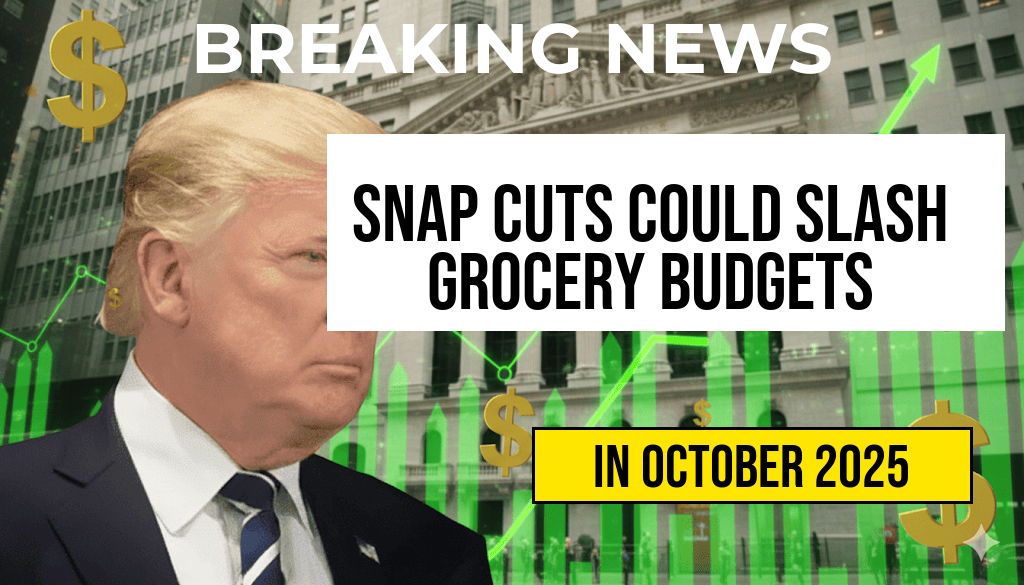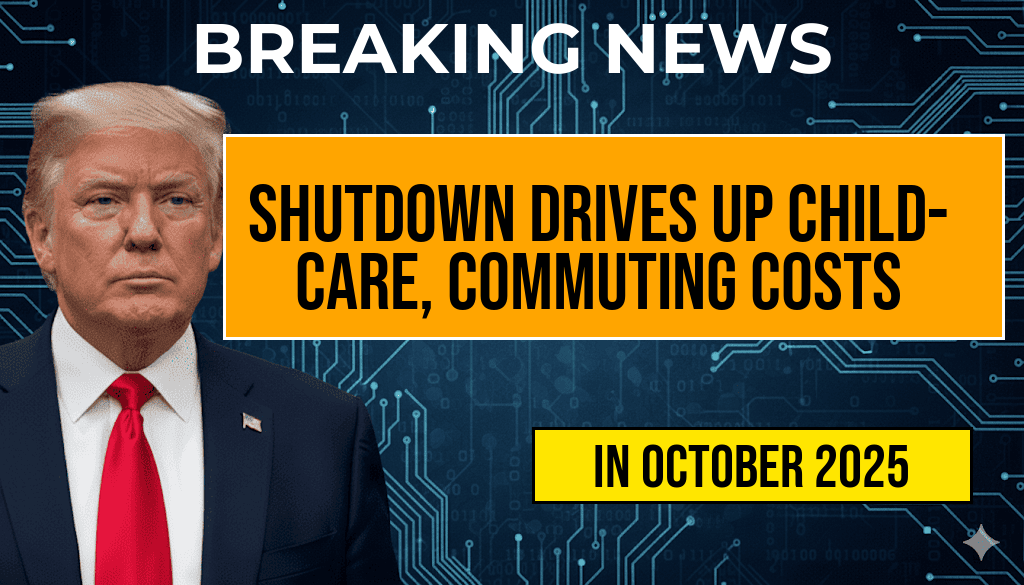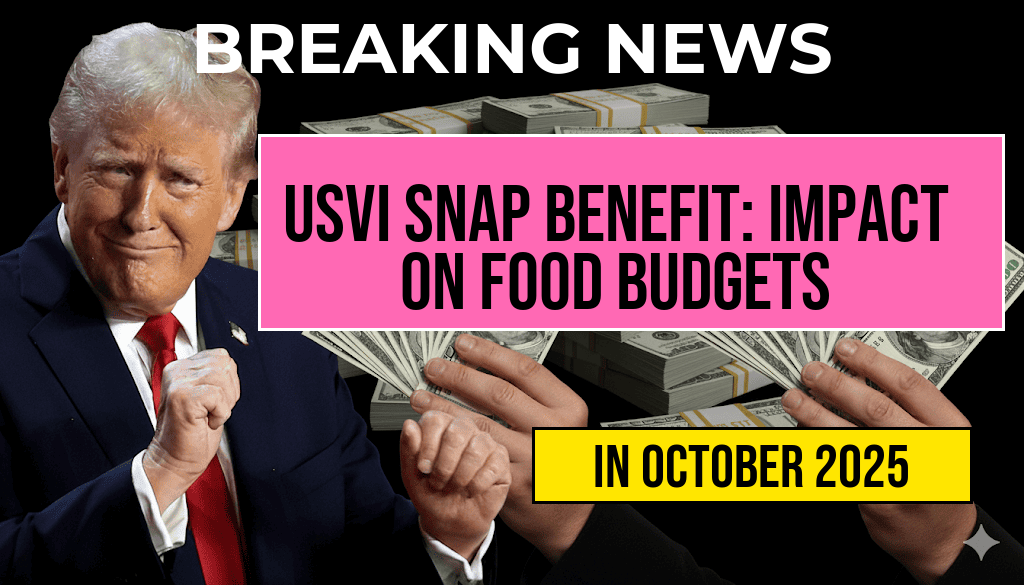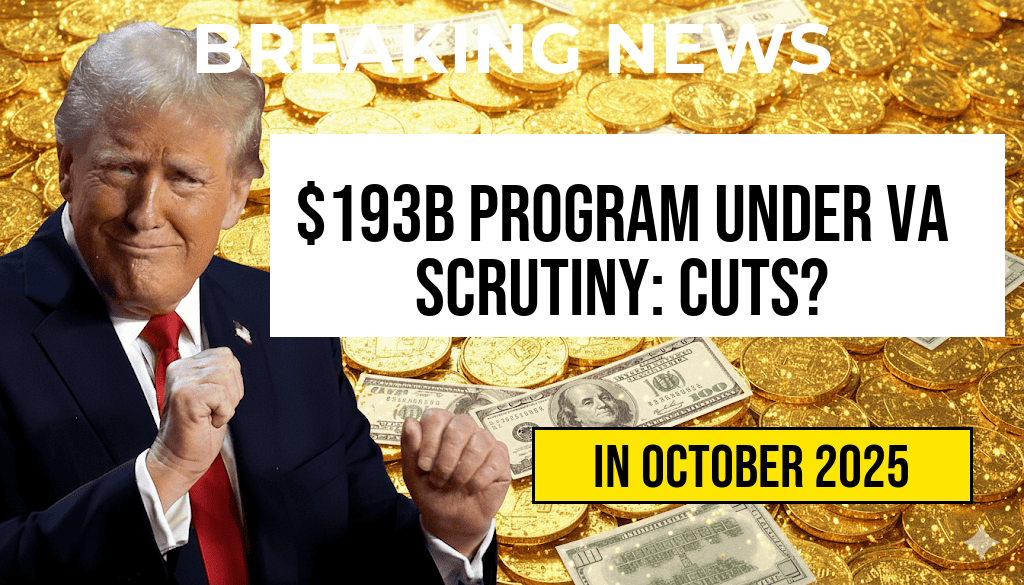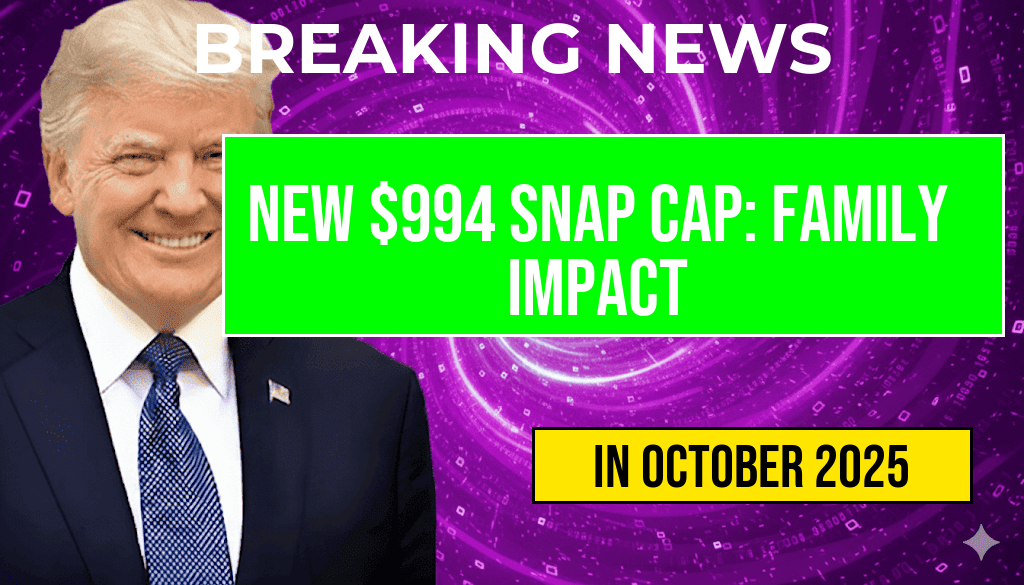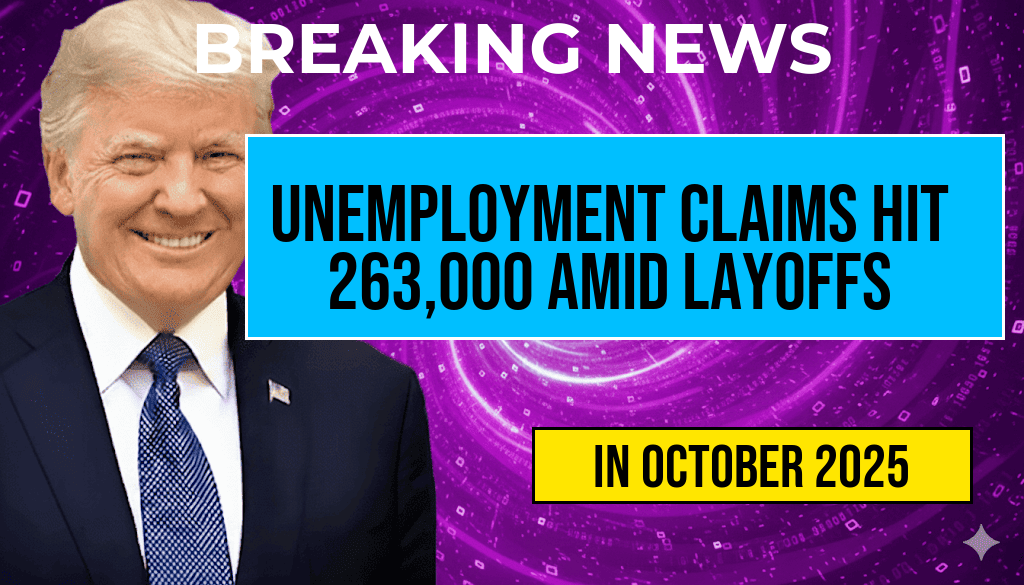The United States Virgin Islands (USVI) recently announced an increase in the Supplemental Nutrition Assistance Program (SNAP) benefit, raising it to an average of $1,278 per household. This enhancement aims to alleviate food insecurity in the territory, where residents face higher living costs relative to the mainland. With this adjustment, the government hopes to support families in accessing nutritious food while navigating the challenges presented by inflation and supply chain issues. As the territory grapples with these economic factors, understanding the implications of this benefit on local food budgets is crucial for both policymakers and residents alike.
The Context of SNAP in the USVI
SNAP serves as a critical resource for many households in the USVI, where food prices are often significantly higher than those on the continental United States. The territory’s unique geographic location and reliance on imported goods contribute to elevated food costs, making assistance programs essential for residents. In 2022, a report indicated that approximately 15% of households in the USVI relied on SNAP benefits to meet their food needs.
Economic Implications of the Increased Benefit
The new average SNAP benefit of $1,278 is expected to have several economic implications for families and local businesses in the USVI. With this additional financial support, households can allocate more funds toward purchasing food, which may positively impact local grocery stores and markets.
Increased Purchasing Power
- Enhanced food choices: Families can now afford a wider variety of nutritious foods, which can lead to better dietary health.
- Support for local businesses: Increased spending on food is likely to stimulate the local economy, benefiting grocery stores, farmers, and food suppliers.
- Reduction in food insecurity: More substantial assistance can help alleviate the stress associated with food scarcity for many families.
Challenges and Considerations
Despite the positive aspects of the increased SNAP benefit, challenges remain. The USVI faces ongoing issues related to supply chain disruptions and inflation, which can complicate the effectiveness of the additional support.
- Rising food prices: Even with increased benefits, the cost of food continues to climb, affecting what families can realistically purchase.
- Accessibility: Some residents may still struggle to access fresh produce or healthy options, particularly in more remote areas of the islands.
- Long-term sustainability: Continued economic support and investment in local agriculture may be necessary to ensure food security in the long run.
Comparative Analysis of SNAP Benefits
| Region | Average SNAP Benefit | Food Insecurity Rate |
|---|---|---|
| US Virgin Islands | $1,278 | 15% |
| Puerto Rico | $1,200 | 17% |
| Guam | $1,100 | 13% |
Future Outlook for Food Security in the USVI
The increase in SNAP benefits represents a vital step toward addressing food insecurity in the USVI. However, it is essential for local government and community organizations to monitor the impact of this change. Ongoing assessments can help identify whether the increased funding meets the needs of families effectively or if further adjustments are necessary.
Additionally, enhancing local agricultural production and food distribution networks could play a significant role in improving food security. Programs aimed at supporting local farmers and promoting community gardens could help reduce dependency on imported goods while providing fresh produce to residents.
As the USVI navigates these changes, the collaboration between government agencies, local businesses, and community organizations will be critical in ensuring that the increased SNAP benefits lead to meaningful improvements in the lives of residents.
For more information on SNAP and its impact on food security, visit the USDA Food and Nutrition Service.
Frequently Asked Questions
What is the $1,278 USVI SNAP Benefit?
The $1,278 USVI SNAP Benefit is a financial assistance program designed to help residents of the U.S. Virgin Islands (USVI) purchase food. It aims to alleviate food insecurity by providing eligible families with funds to buy nutritious meals.
How does the SNAP Benefit affect food budgets in the USVI?
The SNAP Benefit significantly impacts food budgets by allowing families to allocate more money towards essential groceries. This assistance helps to reduce the financial burden on households, enabling them to afford a wider variety of food options.
Who is eligible for the USVI SNAP Benefit?
Eligibility for the USVI SNAP Benefit typically depends on factors such as household size, income level, and specific residency requirements. Families must meet certain criteria to qualify for assistance, aimed at supporting those in need.
Can the SNAP Benefit be used for all types of food?
Yes, the SNAP Benefit can generally be used to purchase most food items, including fruits, vegetables, meat, dairy, and bread. However, it cannot be used for non-food items or certain products like alcohol and prepared meals.
How can residents apply for the USVI SNAP Benefit?
Residents can apply for the USVI SNAP Benefit through the local Department of Human Services. Applications can often be submitted online, by mail, or in person, and applicants will need to provide relevant documentation to support their eligibility.


